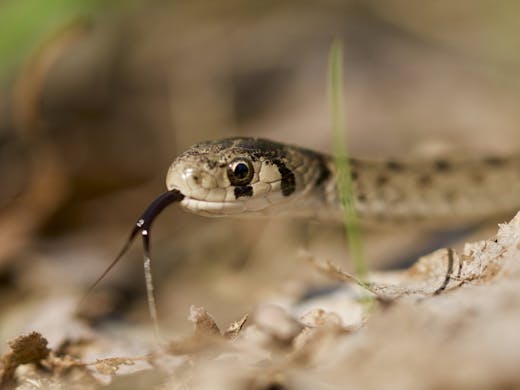Species Identification and Logs
During my park visits, I keep a journal where I document the names of every observed and identified species, both animals and flowers. This journal allows me to compile a comprehensive database of information on the seasons and locations where different species can be found, serving as a valuable reference for planning future photo sessions or video recordings.
Species Identification
To successfully identify species, I utilize a combination of my expertise and convenient mobile applications like Merlin ID or PlantNet. When encountering species that are challenging to identify on the spot, I capture photos for further analysis back at home. In certain instances, I leverage online communities such as iNaturalist or BugGuide, where I share photos and seek confirmation or correction of my identifications from fellow naturalists.
My primary method of species identification relies on visual cues. However, I do make exceptions for a few species that have distinct and well-defined calls, such as the Northern Cardinal (Cardinalis cardinalis), Red-winged Blackbird (Agelaius phoeniceus), Green Frog (Lithobates clamitans), or Spring Peeper (Pseudacris crucifer). In these cases, I consider auditory cues reliable enough for species identification.
During my park visits, I adhere to a policy of not registering a species multiple times in my journal. This is due to the inherent impossibility of accurately preventing the registration of the same individual multiple times. Consequently, my collected data does not provide the necessary information for assessing population sizes. My focus is primarily on documenting species diversity and notable observations rather than attempting quantitative analysis of population numbers.
Park Visit Journal
Each time I visit a park, we document a few meta data points to provide additional context to our observations. These include:
- Date of the visit
- Location: Name of the park
- Temperature: Recorded in Celsius
- Weather conditions: Indicating whether it was sunny, overcast, raining, or snowing
- Wind conditions: no wind, light, moderate, strong wind. Relevant for audio recording
- Arrival time and departure time from the park
After the metadata section, I write down the names of every species I observe and identify during my park visit. Additionally, I maintain a distinct section at the end of the journal dedicated to recording and preserving observations of intriguing animal behaviors that I encounter.
The park visit journal is a Markdown file that I edit on a mobile phone using Obsidian. I make use of a shared Obsidian vault synchronization, which eliminates the need to transfer journals between devices. This implementation of Obsidian allows me to access and process collected data from my desktop computer back at home effortlessly. A convenient and efficient workflow for processing the journals.
Data Processing and Publishing
The park visit journal data is extended with EXIF data extracted from published photos and videos. To streamline the analysis process, a Python script is employed. This script combines the different data sources, removes duplications based on date, location, and species, and subsequently calculates aggregated data points by species, location, and season.
I only publish data pertaining to parks that we visit frequently and only of those species that I have observed and identified on at least five different park visits. This approach allows me to focus on more reliable and robust data, providing a higher level of confidence in the species sightings and contributing to a more comprehensive understanding of different park's biodiversity.
For examples see:
Collected information about parks and species are published in faunaflora.photography.

